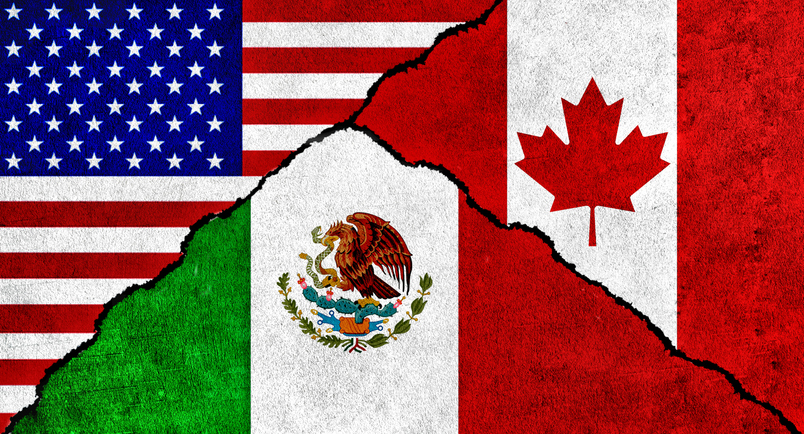Effective today, the U.S. Mexico Canada Agreement (USMCA) is a free trade agreement between these countries that has been negotiated for the last couple of years which is to replace the existing North American Free Trade Agreement or NAFTA. Instead of creating USMCA from scratch, the countries have enhanced the previous NAFTA agreement to create a better version for all parties and signed the final ratification on March 13, 2020.
The negotiations focused largely on auto exports, steel and aluminum tariffs, along with dairy, egg and poultry markets. The new agreement will support mutually beneficial trade leading to freer markets, fairer trade, and robust economic growth in North America.
Where the NAFTA had an official form, the USMCA has 9 data points that are required, but not necessary on an official form. Click here if you’d like to use the USMCA form. We have seen some clients add them onto their commercial invoices while others are going to use an email format. For more information, please contact our office.







